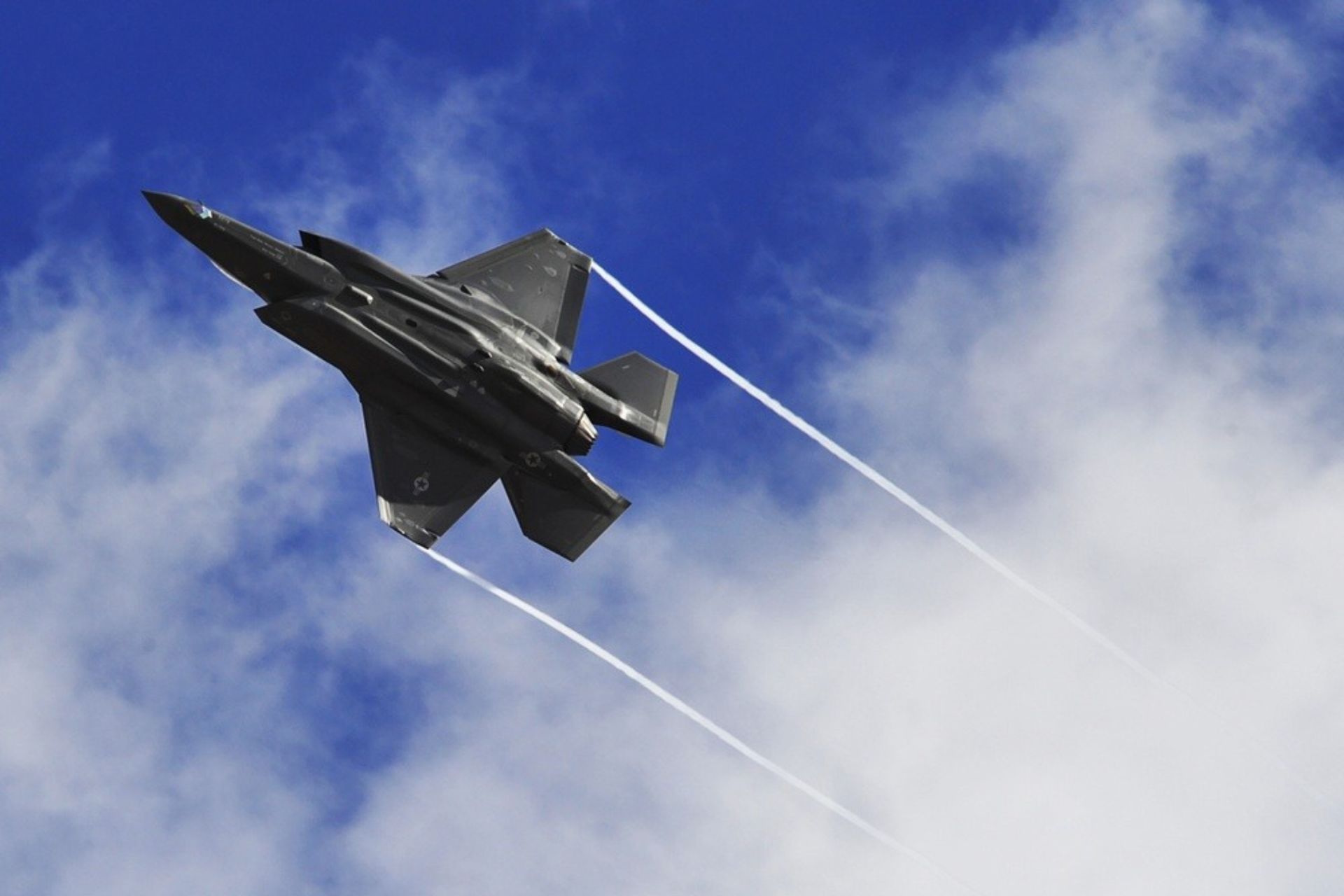Breaking News
Classified US Military Documents on F-35, F-15 Fighter Jets and MQ Reaper Drones Leaked on Social Media.
In a recent development that underscores the shift from traditional espionage methods to technology-driven intelligence gathering, classified documents pertaining to American military aircraft, including the F-35 Lightning II, F-15 Eagle, and MQ Reaper drones, were reportedly leaked on Telegram. Follow Army Recognition on Google News at this link

An F-35 Lightning II performs a maneuver Sept. 12, 2016 over Luke Air Force Base, Ariz (Picture source: US DoD)
According to a Forbes report dated July 10, 2024, and further confirmed by the South China Morning Post through Chinese military aviation experts, these documents were posted on the Telegram messaging app by an alleged Russian pilot. The leaked files included the engine maintenance manual for the F110 engine used in the Saudi Arabian variant of the F-15, along with various flight and maintenance manuals. Some of the documents were redacted or declassified, yet their availability online highlights how easily sensitive information can be disseminated, undoubtedly catching the attention of America's adversaries.
The incident sheds light on the broader issue of classified military documents being leaked through unconventional channels such as social media and gaming forums. War Thunder, a popular military simulation video game, has experienced several leaks where users posted technical manuals and other sensitive documents to assert points or correct equipment models within the game. Notable leaks have included details about British and American tanks and manuals for modern combat vehicles. These leaks raise serious concerns about national security and the management of classified information, illustrating how seemingly innocuous platforms can become conduits for the disclosure of highly sensitive data.
Telegram has emerged as a pivotal source of military information, especially following Russia’s unprovoked invasion of Ukraine. The app remains widely accessible in Russia and has become the preferred network for pro-Kremlin propagandists. Cybersecurity expert Alexandra Forsyth noted that Telegram is frequently used by threat actors to share data stolen during cyberattacks. The motives behind such data sharing on these platforms can often be driven by financial incentives, although political and ideological agendas are also considered.
The motives behind these leaks of military hardware secrets are also evolving. Traditionally, intelligence agencies used various techniques to recruit individuals to share secrets and engage in espionage activities, typically summarized by the acronym "MICE," which stands for Money, Ideology, Coercion/Compromise, and Ego. According to Tom Jauncey, CEO of Nautilus Marketing, more often than not, these documents are released by individuals looking to demonstrate their expertise or win online debates, particularly on forums like War Thunder.
The democratization of information dissemination in the digital era blurs the lines between whistleblowing and leaking, as suggested by Jason Levin, founder of Cyber Patterns. While ego certainly plays a role, empowering individuals with a perceived cloak of digital anonymity, modern social media platforms also provide a venue for expressing power or dissent, significantly lowering the barriers to sharing sensitive information. This phenomenon suggests a paradigm shift in how sensitive information is managed and perceived in the digital age. Recent incidents may not only reflect personal motivations but also a growing disconnect between the accessibility of digital platforms and traditional information security protocols.


























